The Best All-in-One Messaging Apps in 2025 for a Streamlined Communication Life
Advertisement
Communication apps aren’t just about chatting anymore. In 2025, messaging tools have grown into full-blown platforms where people handle work, shopping, reminders, and even banking—all without switching apps. What started as simple texting has become a compact hub where everything connects. That’s why “all-in-one” really matters now. It’s not just about sending messages; it's about doing more with less.
Top Picks You Should Know About
BeepChat
This one’s making a lot of noise, and not just because of its name. BeepChat combines group chats, voice calls, cloud storage, event planning, and even shopping integrations—all inside a simple, clean interface.
The real bonus? You can search through messages and files in one go. No more endless scrolling or jumping between tabs.
What people love: Shared folders that sync in real-time during a chat. Especially handy for team projects or family photo dumps.
Linksy
Linksy is like the grown-up version of the social messaging apps we used in the 2010s. It's got encrypted chats and business dashboards and even allows you to connect multiple numbers and social media profiles under one ID.
It pulls all your conversations—whether from WhatsApp, Instagram DMs, or even email—into one neat thread. Makes life a lot simpler when you don’t remember where a conversation started.
Why people stick with it: The unified inbox. It just works.
FlowTalk
FlowTalk’s strength is in work-life balance. It has separate "spaces" for work and personal chats and smart notifications that only ping when it's truly important. It syncs with calendars and documents and lets you run polls, to-do lists, and reminders inside the chat.
What stands out is the focus mode, which mutes everything but priority messages. It's a small feature that makes a big difference.
Chatly Pro
For small businesses, Chatly Pro offers everything from customer support automation to payment requests right from the message thread. There’s also built-in e-commerce tracking that shows shipping status and payment history.
Why people use it: Clients don’t need to install anything. They get a simple link and can chat, pay, or get updates instantly.
Konvo
Konvo isn’t flashy, but it’s reliable. And in 2025, that counts. It’s cloud-based, works offline, and is focused on speed. People who travel a lot or deal with spotty internet say this one keeps them connected when others fail.
Bonus: It has a built-in translation tool that handles over 100 languages. You can message someone halfway across the world and still sound like you’re speaking their native language.
Nebu
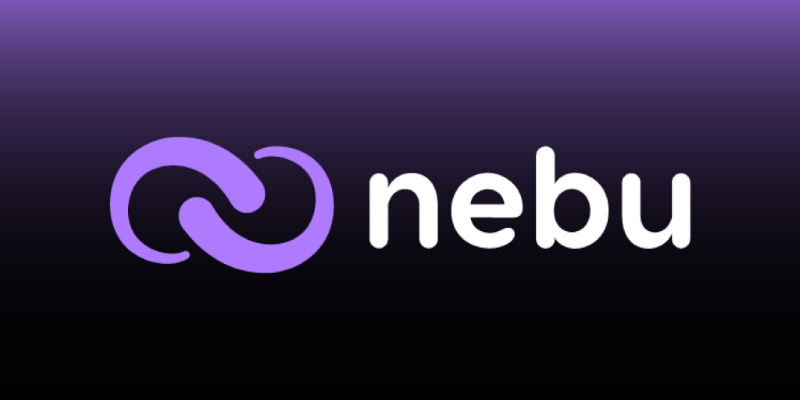
Nebu leans toward creatives. It allows you to sketch, voice note, record screens, and share everything in a message thread that doesn’t feel cramped or clunky. There’s also a feature where people can “react” with drawings or short audio clips instead of just emojis.
What makes it special: Real-time drawing boards during group calls. It feels more natural than sharing your screen and scribbling with your mouse.
Fuse
Fuse is what you go for when you want your work, personal, and social life combined but organized. It keeps things separated through tabs, and you can lock tabs if you don't want others to see if they borrow your phone. People with freelance clients or double lives (no judgment) really like this one.
Why people are switching: Multiple logins on one device, no constant logout/login cycles.
Comet
Comet focuses on AI-powered tools. It summarizes long threads, suggests replies based on your tone, and helps you organize your schedule based on messages you’ve sent. If someone says, "Let's meet Friday," Comet will mark your calendar before you even reply.
Big plus: The smart reply system that feels like you wrote it, not a robot.
HaloOne
This is a newer entry, but people are talking. HaloOne supports file sharing up to 10GB per message, integrates with nearly all cloud services, and has a built-in AI assistant that you can actually chat with like a real person.
Who uses it most: Freelancers who send a lot of large files and need quick feedback.
Pebbly
If privacy’s your thing, Pebbly is where people are going. It deletes messages after a set time, offers zero-knowledge encryption, and doesn’t even require a phone number. Plus, it has no ads or tracking.
What stands out: Even group chats are encrypted by default. No extra settings are needed.
MonoSpace
MonoSpace is built around productivity, especially for remote teams. It combines messaging, task lists, and daily standup-style check-ins. People can tag messages as “Action,” “Info,” or “Hold,” which makes catching up easy when you’re jumping into a long thread.
Why people like it: You don’t miss important stuff buried in chat noise.
SparkChat
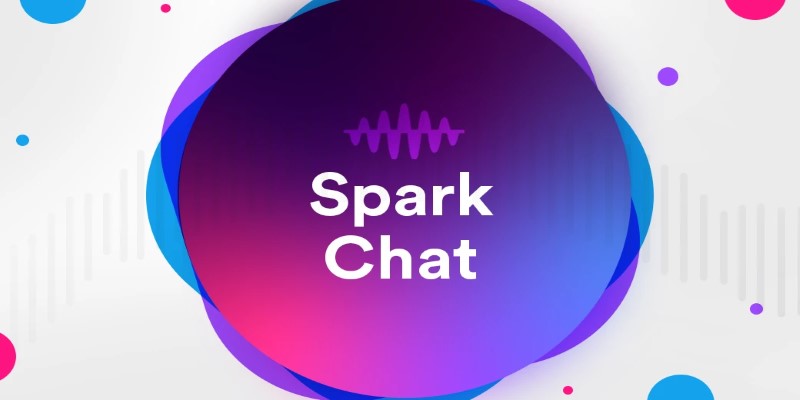
SparkChat keeps things simple but doesn’t cut corners. It works on old devices, doesn’t drain your battery, and still lets you handle payments, calls, file sharing, and calendars—all in one screen.
Why it works: Not everyone needs flashy. They just want something that runs smoothly.
Echo
Echo is the app people use when they want all their smart devices synced with their chats. You can control home lights, check your fridge stock, or set your alarm, all from inside the chat window. It’s a bit niche but gaining popularity fast.
Cool thing: Send a message like "Turn off the lights," and it actually does.
Final Thoughts
All-in-one messaging apps aren’t just about convenience anymore—they’re about keeping your digital life tidy, quick, and easy to handle. Whether you're managing a team, texting your sister, or sending files to a client, having everything in one place changes how you deal with your day. With so many solid options out there, it really comes down to what you need most. Do you want privacy, features, simplicity, or multitasking power? Pick the one that fits your day—not the other way around.
Advertisement
Related Articles

The Tool Debate: Browser-Based or Installed

The Best Screen Sharing Software in 2025 for Smooth, Lag-Free Collaboration

The 12 Best Digital Marketing Tools in 2025 to Amplify Your Strategy
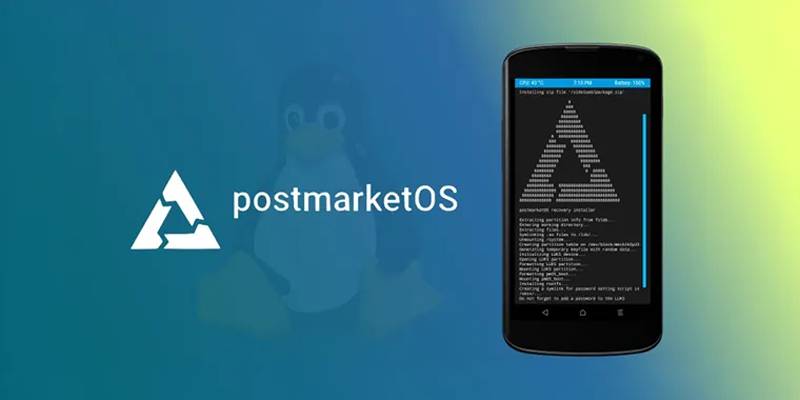
March postmarketOS Update Brings GNOME 48 and COSMIC Integration
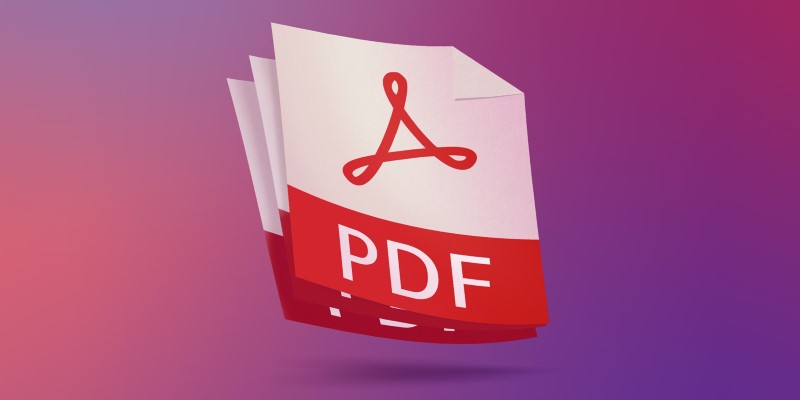
The 7 Best PDF Editor Apps in 2025 for Clean, Hassle-Free Document Control
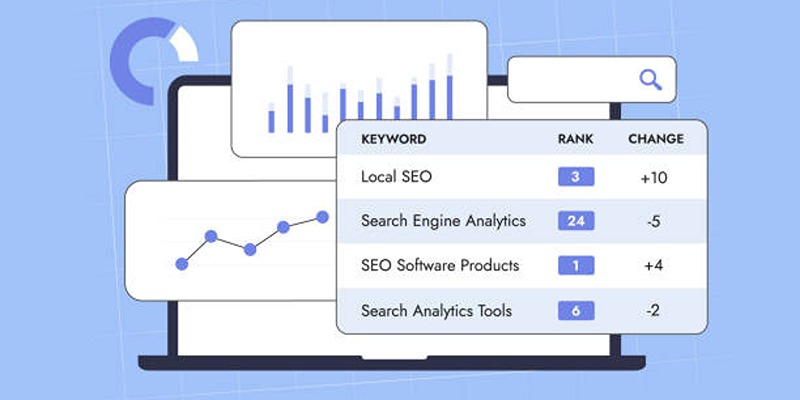
The Ultimate Guide to Linking Google Forms with Google Docs Templates
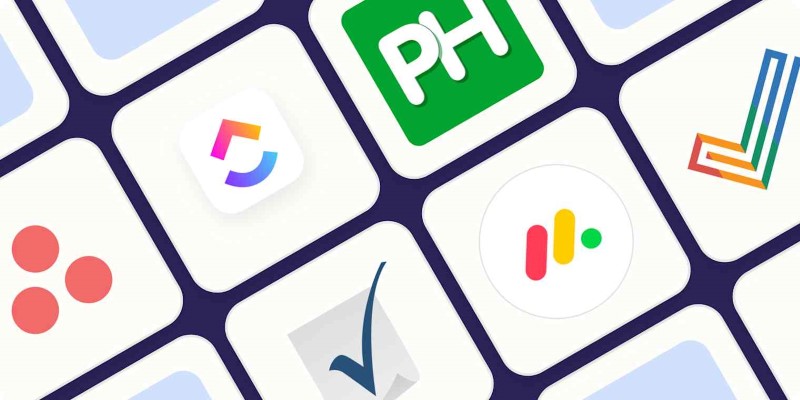
The Best Enterprise Project Management Software in 2025 to Keep Everything on Track

The 5 Best PayPal Alternatives for Businesses in 2025 to Streamline Payments

The 8 Best AI Sales Assistant Software in 2025 to Boost Your Pipeline
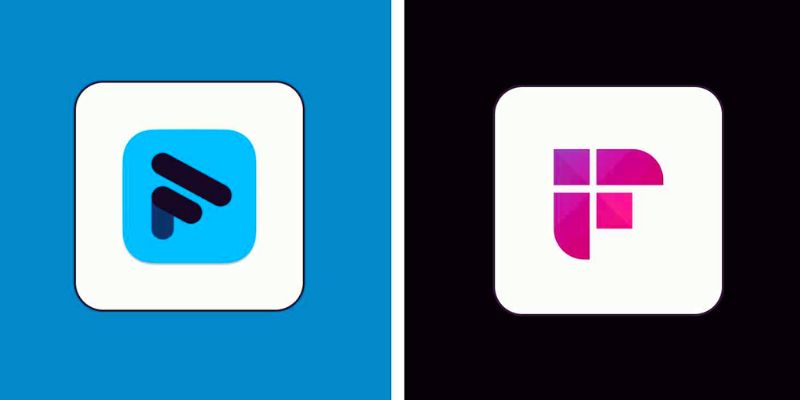
Fathom vs. Fireflies: A Comprehensive Comparison of the Best AI Note Takers

Discover the 4 Best Journal Apps in 2025 to Boost Your Writing Routine

 lameuplay
lameuplay